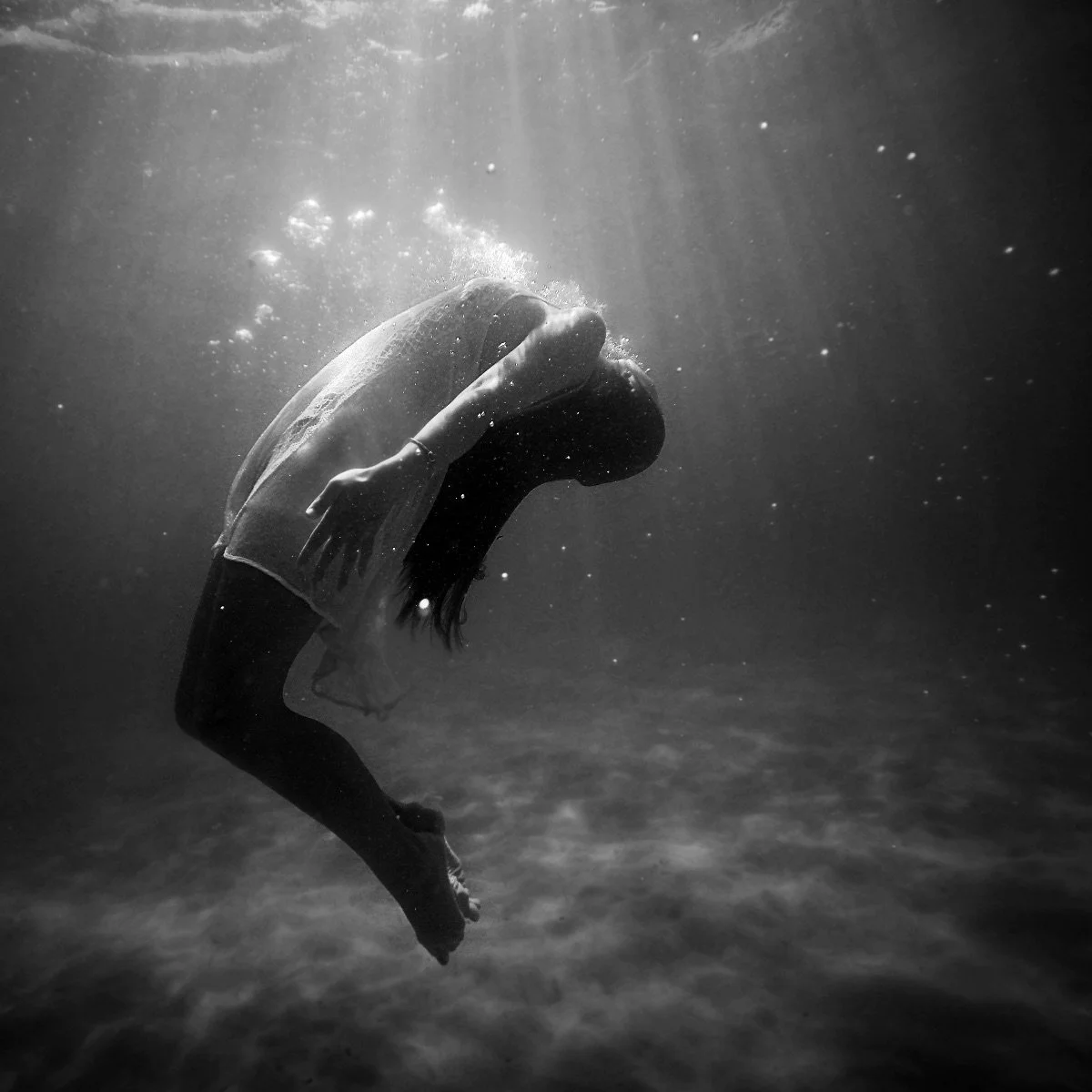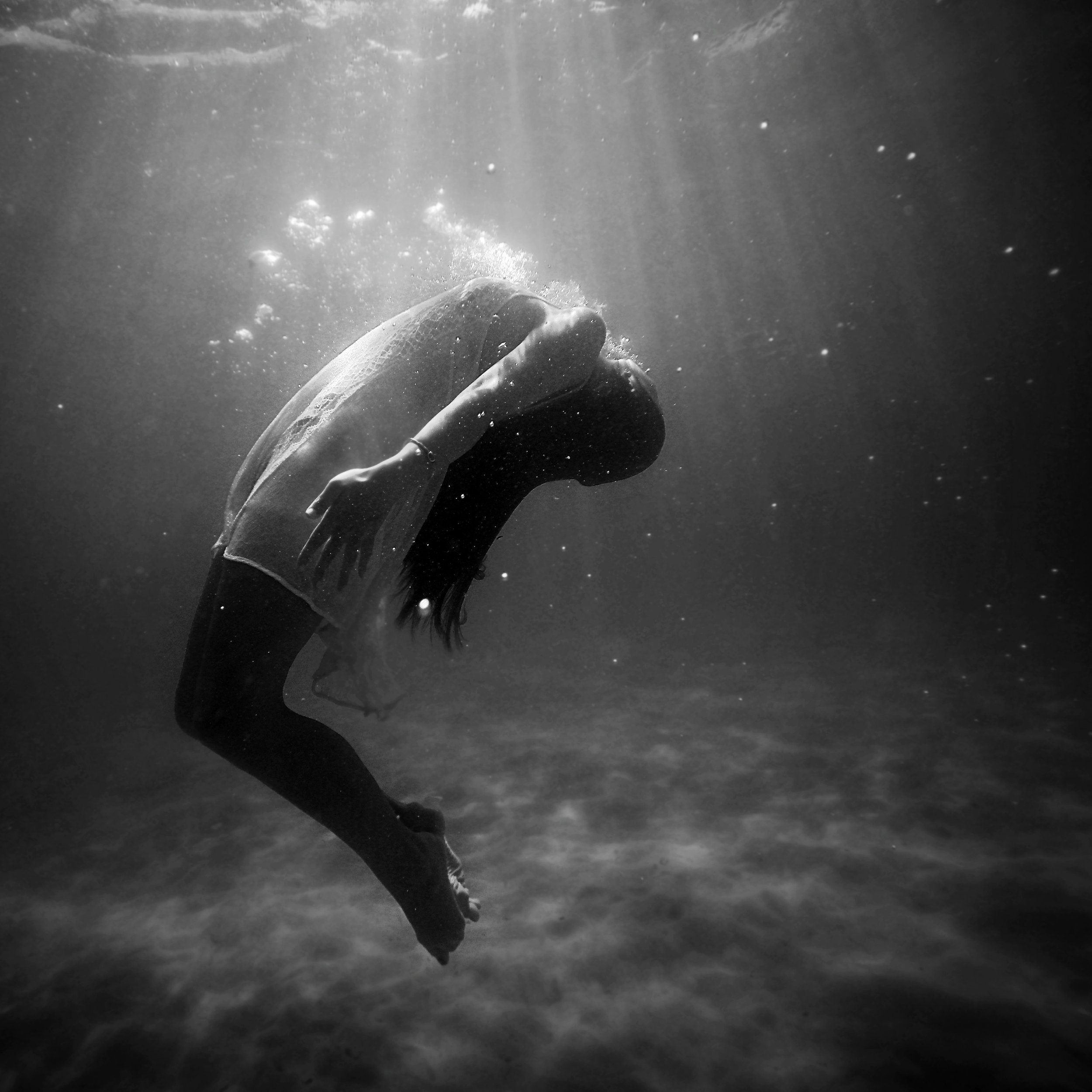What is rape culture?
Rape culture is an environment which normalises, excuses and sometimes even promotes sexual and gender-based violence. This is done through what we say and what we do (whether consciously or unconsciously). Victim-blaming and objectification of individuals, especially women is very common in rape culture.
Interested in knowing more?
WHAT PROMOTES RAPE CULTURE?
Lack of education on consent
Social injustices
Lack of understanding of trauma responses
Lack of punishment of perpetrators
Victim-blaming
Power dynamics
Sympathy for perpetrators
Can you discern rape culture MYTHS from REALITY?
Test your knowledge by clicking on the “+” signs
-
✅ Reality:Most rapes are committed by someone the survivor knows.
Around 80% of sexual assaults are perpetrated by acquaintances, friends, partners, or family members.
Rape culture perpetuates the “stranger danger” narrative, making it harder for survivors to report assaults by people they know.
-
✅ Reality: Survivors often freeze or comply due to fear or trauma responses.
Many survivors experience tonic immobility (a state of paralysis) or fawn responses (submissive behavior to avoid further harm).
Consent must be enthusiastic, affirmative, and freely given—not the absence of a fight.
-
✅ Reality: Clothing has nothing to do with consent.
Rape happens to people of all ages, wearing all types of clothing, including children, elderly people, and individuals in conservative attire.
This myth shifts blame from perpetrators to survivors and reinforces victim-blaming.
-
✅ Reality: False reports are extremely rare—most rapes go unreported.
Studies show that only 2-8% of rape accusations are false, similar to false reports of other crimes.
However, 70% to 88% of rapes are never reported due to fear, shame, or lack of trust in the legal system.
-
✅ Reality: Anyone can be a victim of sexual violence, regardless of gender.
1 in 20 men in Belgium has been raped, and 1 in 2 has experienced sexual violence.
Male survivors often face additional stigma, making them less likely to report assaults or seek help.
-
✅ Reality: Rape is about power, control, and domination—not desire.
Sexual violence is used to assert dominance, dehumanize, and exert control over another person.
This is why rape is often used in war, oppression, and domestic violence contexts.
-
✅ Reality: Most rapists face little to no legal consequences.
In many countries, less than 10% of reported rapes result in a conviction.
Survivors are often not believed, and legal systems are stacked against them due to lack of evidence, biases, and societal attitudes.
-
✅ Reality: Silence or lack of resistance does NOT mean consent.
Many survivors freeze out of fear or shock, making them unable to say "no."
Consent must be enthusiastic, voluntary, and given without pressure or fear.
"Only yes means yes." The absence of "no" is not the same as consent.
And this is the HARD TRUTH that no one wants to acknowledge:
Sexual violence is everywhere. It’s all around us. It’s an issue affecting your loves ones, maybe yourself too. It’s taboo, it feels shameful, it stays hidden, but it’s there.
In Belgium, 1 out of 5 women is raped, 4 out of 5 experience sexual violence.*
1 out of 20 men is raped and half of them experience sexual violence.*
1 out of 4 member of the LGBTQIA+ community is raped and 4 out of 5 experience sexual violence.*
These are the official numbers so it’s likely that the reality is even more horrible.
* Data from Keygnaert, I. e. (2021). Understanding the Mechanisms, Nature, Magnitude and Impact of Sexual Violence in Belgium : Final Report for the Belgian Science Policy Office. Brussels: Belgian Science Policy Office.











